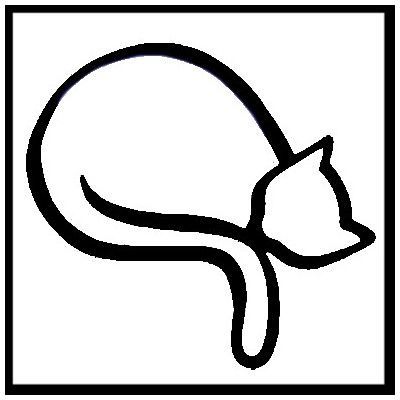DANGERS > POISON AND DANGERS
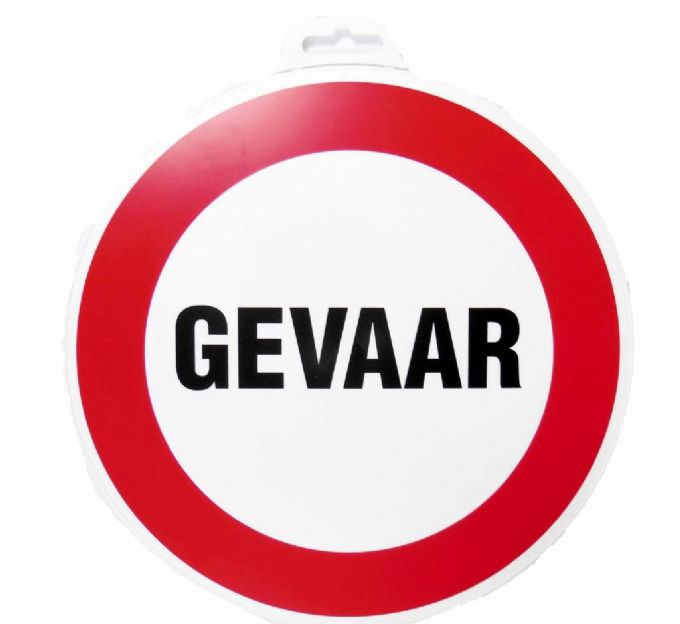
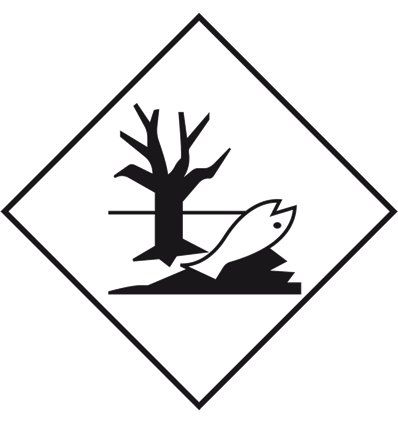
Even with just a suspicion of poisoning one should immediately bring the cat to the vet. Before you go, you must try to find out what the source of the poisoning could be. A sample of the poison or some vomit can be extremely useful to vet. It is important in any case, that the veterinarian can act quickly and above all, that the owner provides him / her with all means. With internal poisons never give the cat milk.
If a cat has a poisonous liquid on its body, for instance because it overthrew a can of paint, one should rince of the cat with large amounts of tepid water and then, pending the opinion of the veterinarian, roll it in a towel and make sure that the animal can't lick itself.
A cat doesn't have an extra sense that warns it against poisons. This should therefore be taken into account as much as possible by keeping these substances under lock and key.
General signs of poisoning are: difficulty breathing, diarrhea, vomiting, fever, cardiac arrhythmia, itching, cramps, collapse of the blood circulation, paralysis, no longer functioning liver or kidneys, nervousness, red discoloration of the skin, inflamed gastrointestinal tract, difficulty swallowing, pain , inflamed mucosa, salivation and shivering. Turn to your veterinarian at all time.
- Pay attention to all cleaning products which have bleach in it. If you still want to use it to clean, preferably use it diluted. Don't let the cat back into the room until it's dry. Many other disinfectants and fungicides are dangerous, as are phosphor, toilet cleaners, wood care products and drain cleaner.
- Flea Pesticides are potentially dangerous, especially for kittens, but also for yourself. Always read the instructions properly. By the use of aerosols it is best to first remove the cat, the food and water bowls and toys. After using it, wait a minimum half hour (and preferably air the room) before cat, bowls and toys will again have access to that space. If you want to deflea a kitten, ask your vet for a pesticide specifically suited for kittens!
- Watch out with nail polish, remover, hair removal resin, paint, turpentine, thinner, wood preservatives, strippers, oil, hydrochloric acid, battery acid and antifreeze, etc. In particular antifreeze is a hazardous substance. The sweet taste makes it tempting for a pet to lick it up. In a short time, irreversible damage can be done internally.
- Rat or mice pellets and slug pellets are two sources that cause the most poisonings in pets. But also think of pesticides against moles and ants and other insecticides.
Chocolate (in large quantities) is toxic to dogs and cats. It is not a suitable treat for your cat.
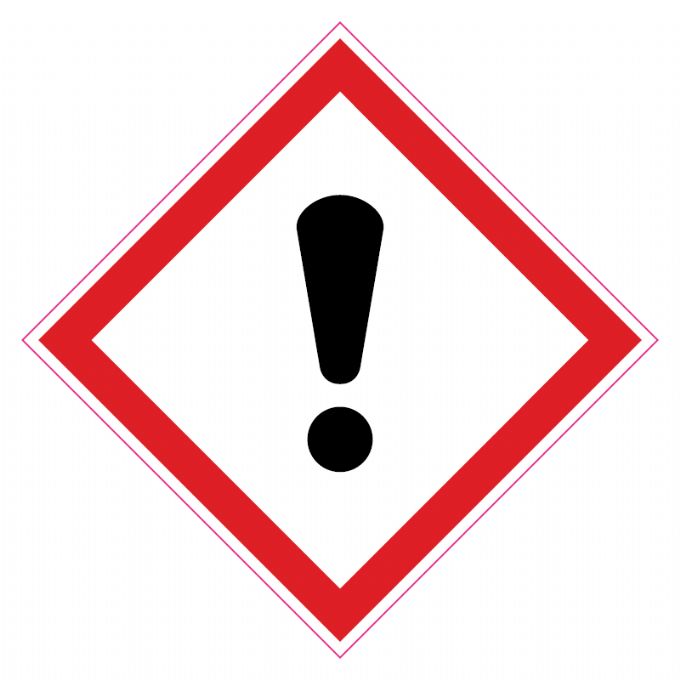
Some examples of symptoms and to take action:
Poison: Cat poison (arsenic, thallium, strychnine)
Symptoms: Abdominal pain, restlessness, vomiting, diarrhea and bleeding.
Can be fatal.
Action: Go to the vet immediately.
For some substances there are antidotes.
Poison: Alcohol and methyl alcohol
Symptoms: Vomiting, collapse, dehydration, coma, general malaise.
Can be fatal.
Action: Go to the vet immediately.
Look at what poison it might be, if possible, take the wrapping
Poison: Slug pellets (e.g. Methaldehyde)
Symptoms: Muscle twitching, vomiting, diarrhea, lack of coordination, seizures, constant drooling, coma.
Can be fatal.
Action: Go to the vet immediately.
If the cat is treated immediately, it is often successful.
Poison: Antifreeze Liquid
Symptoms: Vomiting, convulsions, lack of coordination, coma.
Can be fatal.
Action: Go to the vet immediately.
Sometimes an injection helps.
Poison: Insecticides and pesticides (chlorinated hydrocarbons)
Symptoms: Convulsions, muscle twitching, drooling, coma.
Can be fatal.
Action: Go to the vet immediately.
There is no specific antidote.
Poison: Painkillers (aspirin, paracetamol, etc.)
Symptoms: Disturbance of balance, lack of coordination, vomiting. When swallowing paracetamol the gums of the cat are blue.
Can be fatal.
Action: Go to the vet immediately.
Painkillers for people are toxic to cats.
Poison: Disinfection and cleaning products.
Symptoms: Severe vomiting, diarrhea, convulsions, paddling, coma.
Can be fatal.
Action: Go to the vet immediately.
Look at what poison it might be.
Some more potential risks:
- Open fire, gas flame, electric hobs, stoves, candles, etc.
- Open toilet bowl (toilet block and detergents).
- Holes in walls and floors can be crouched behind, you're not the first where a wall or floor must be broken up to get your kitten back.
- Sewing thread, string, pins, small objects that can be swallowed.
- medicines!
- Parts of toys, e.g. the fur tails of toy mice (swallowing them they cause the same risk as strings), but also the plastic noses and eyes can cause irritation and may give hazardous concerns after ingestion.
- Plastic bags and sleeves from e.g. advertising or a device.
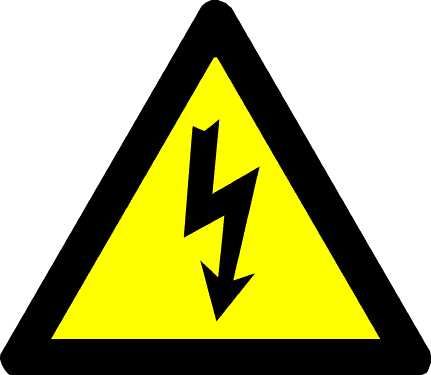
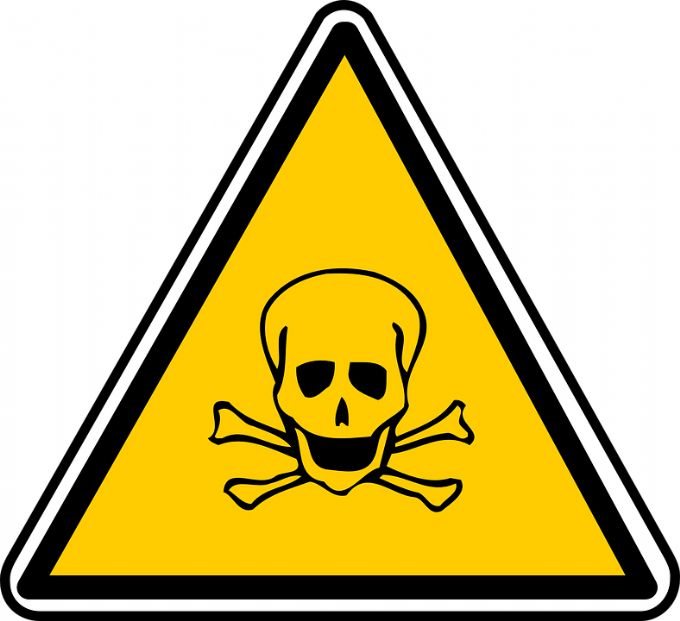
- Electrical cords! Hide them as much as possible behind for e.g. baseboards. Nothing is as tempting to a kitten as a dangling cord.
- Food waste and especially chicken bones and fish waste. Besides these hard parts, our food is too salty and too spicy.
- Open windows and balconies, even if your cat is accustomed to this. Secure them with mash or nets when your kitten has free access.
- In the summer stinging insects, especially wasps. Despite their lack of aggressive behavior, a bumblebee will sting too in case of emergency. A sting may already be a problem, but a bug that is swallowed may cause a dangerous problem.






